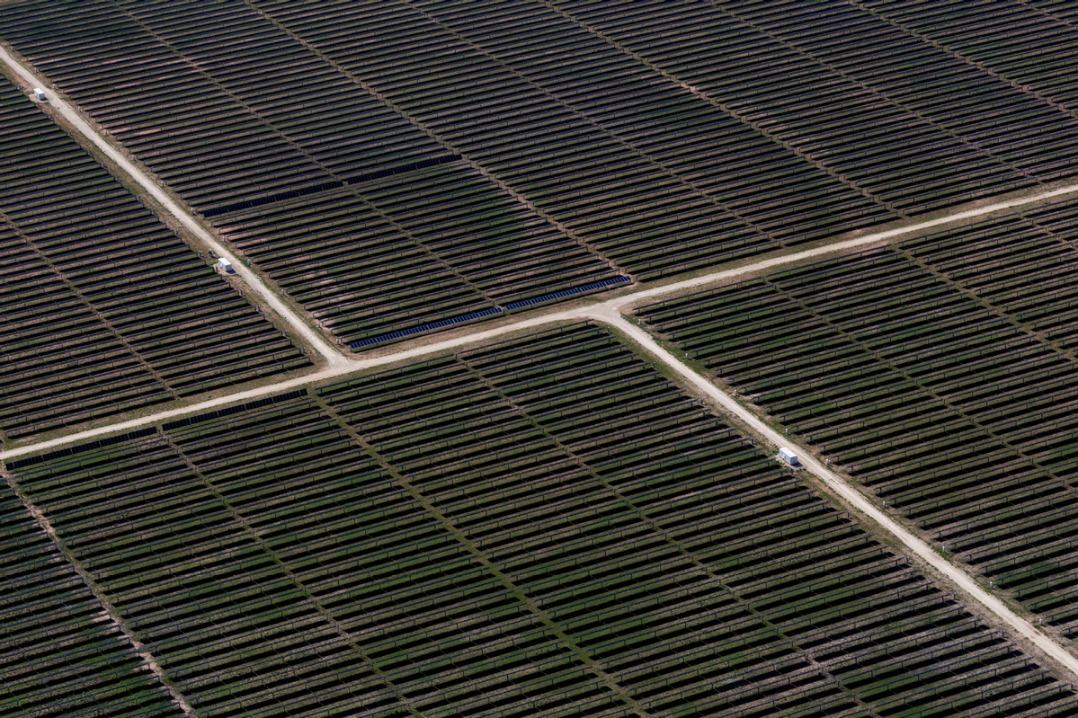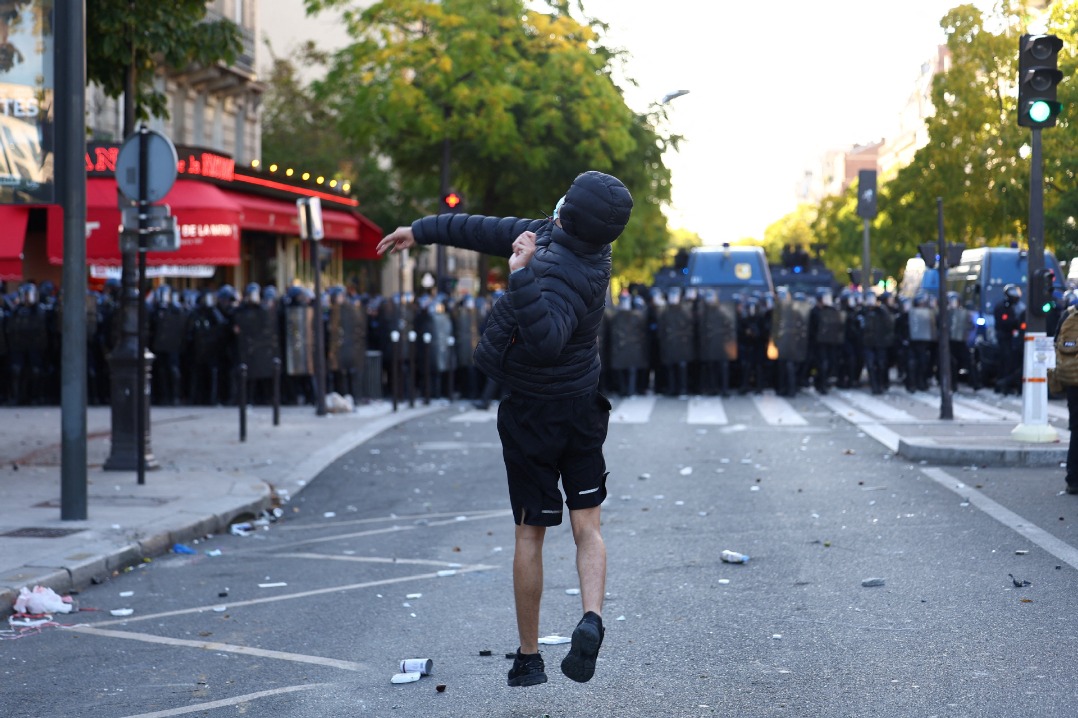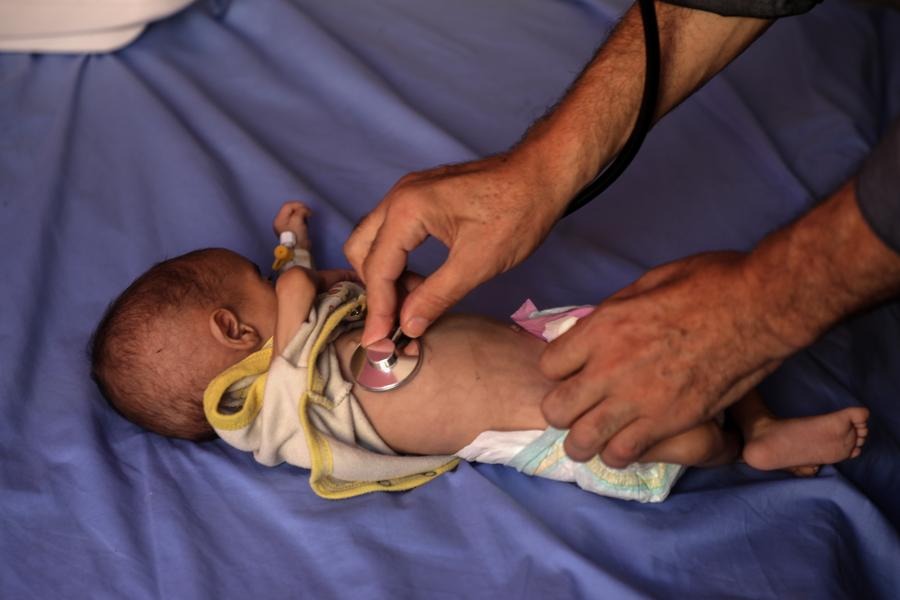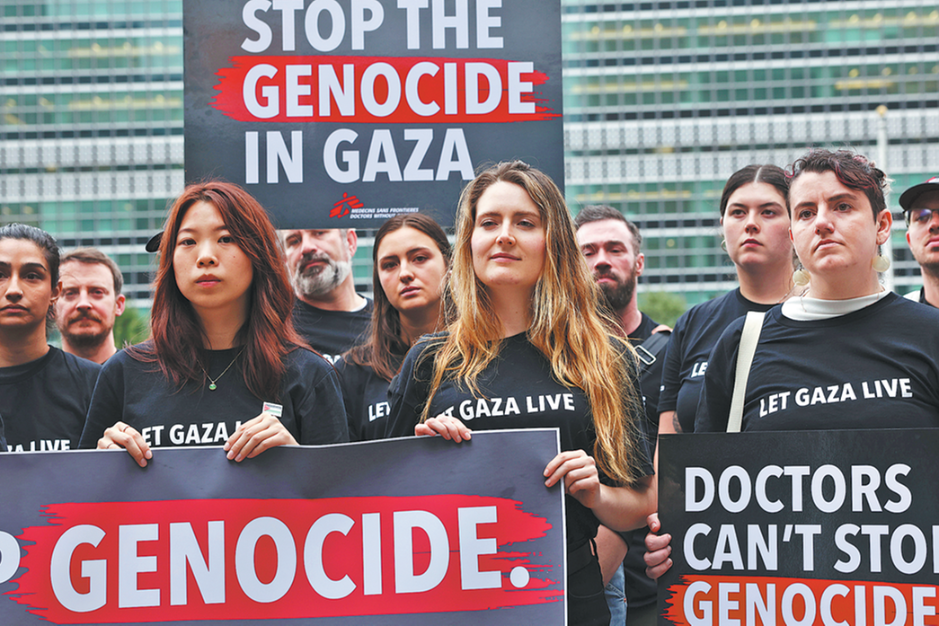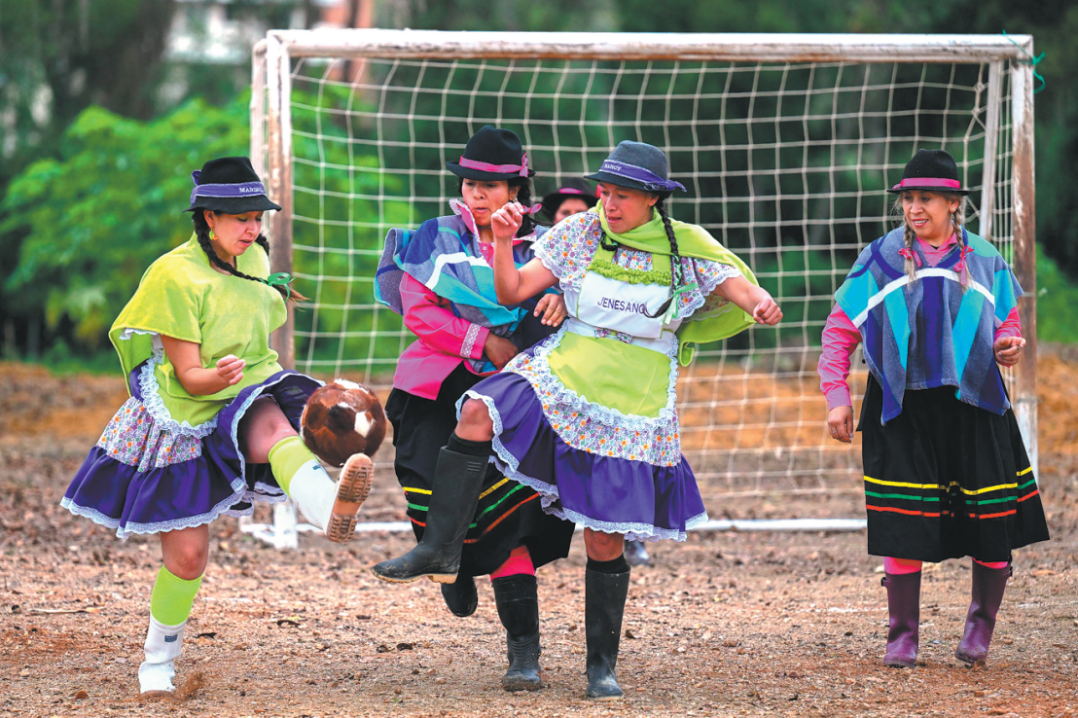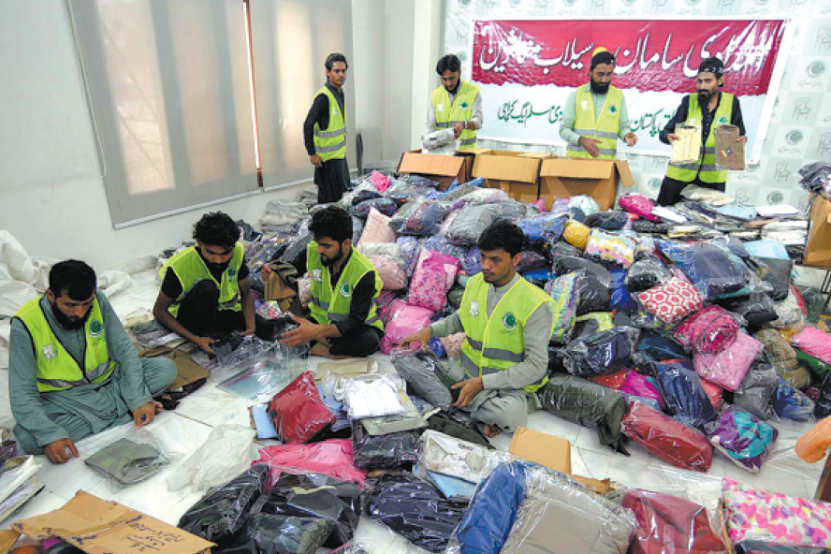Asians in US dealt added pandemic hardships


Aside from racism, they also struggle with worst rate of long-term joblessness
In March last year, Ping Li was placed on indefinite leave as the restaurant she worked for closed under a shelter-at-home order in California. At that time, she never imagined the leave would last more than a year.
"I was scared. I hadn't been out of work for so long," said Li, 46, of San Leandro. She had worked as a kitchen helper for about $12 an hour since her family emigrated from China's Guangdong province in 2017.
Li's experiences are far from unusual among Asian Americans over the past year.
The whole family, including Li's husband and a 20-year-old son, depended on his income.
Luckily, her husband is a food delivery driver, considered an essential worker during the pandemic. Still, they could barely make ends meet with the salary paying rent and other expenses. "We are just taking it one day at a time," she said.
California, the first state in the US to implement a lockdown, plans to fully reopen businesses beginning mid-June. Despite relaxed restrictions, the businesses in Oakland's Chinatown mostly remain closed.
Almost all the shopwindows are hidden behind wooden panels, which are covered with graffiti. A few grocery stores are open, and some operate behind closed doors and by appointment only.
"It takes a lot of courage to open doors now," said a hairdresser who lives in the neighborhood.
Oakland's Chinatown has been rattled by a spike in violent attacks and robberies, often targeting women and seniors, in the past months. Fear of violence has kept many people from shopping there.
"I've been without work for over a year. I don't know if I can ever get back to work. Everyone here is struggling every day," the hairdresser said.
Like Li, he is also a new immigrant from China. With two young children, he said the family is living on his unemployment benefits now.
In the fourth quarter of 2020, 46 percent of unemployed Asian workers had been out of work for more than six months, compared with 21 percent in the same period of the previous year, according to a recent Pew Research Center report.
Long-term unemployment rose more sharply among Asian American workers. Black unemployed workers had the next highest long-term unemployment rate (38 percent) at the end of 2020, followed by whites (35 percent) and Hispanics (34 percent).
Exposed workplaces
"About a quarter of Asian Americans were employed in industries hard hit by COVID-19: hospitality and leisure, retailing, and other services, such as hair and nail salons and personal services," Donald Mar, emeritus professor of economics at San Francisco State University, told China Daily.
Asian Americans are also concentrated in a small number of states-California, New York, Hawaii, and Texas, and some of these states implemented shelter-in-place restrictions ahead of the rest of the nation, he said.
California is the state with the largest share of the Asian-American population, followed by New York. Both states have had some of the longest shutdowns and most severe COVID-19 outbreaks since the start of the pandemic.
In February 2020, Asian Americans in New York City had a jobless rate of 3.4 percent.
But unemployment in that group soared to 25.6 percent by May 2020, the largest increase among all major racial groups, according to a report by the Asian American Federation.
"The increasing economic inequality is related to increasing discrimination, and the increasing income and wealth inequality in the US over the last decades has contributed to greater discrimination," said Mar.
The Asian American Federation suggests that poverty, language barriers, and immigration status have made Asian Americans more vulnerable to long-term unemployment during the pandemic.
In New York City, one in four Asians live in poverty, 50 percent of them have low English proficiency, and over 70 percent are immigrants, said the organization in the report.
"The Asian American community is getting less of the resources than other low-income communities are getting," said Russell Jeung, co-founder of Stop AAPI Hate, an online platform that tallies reports on coronavirus-related racism.
















